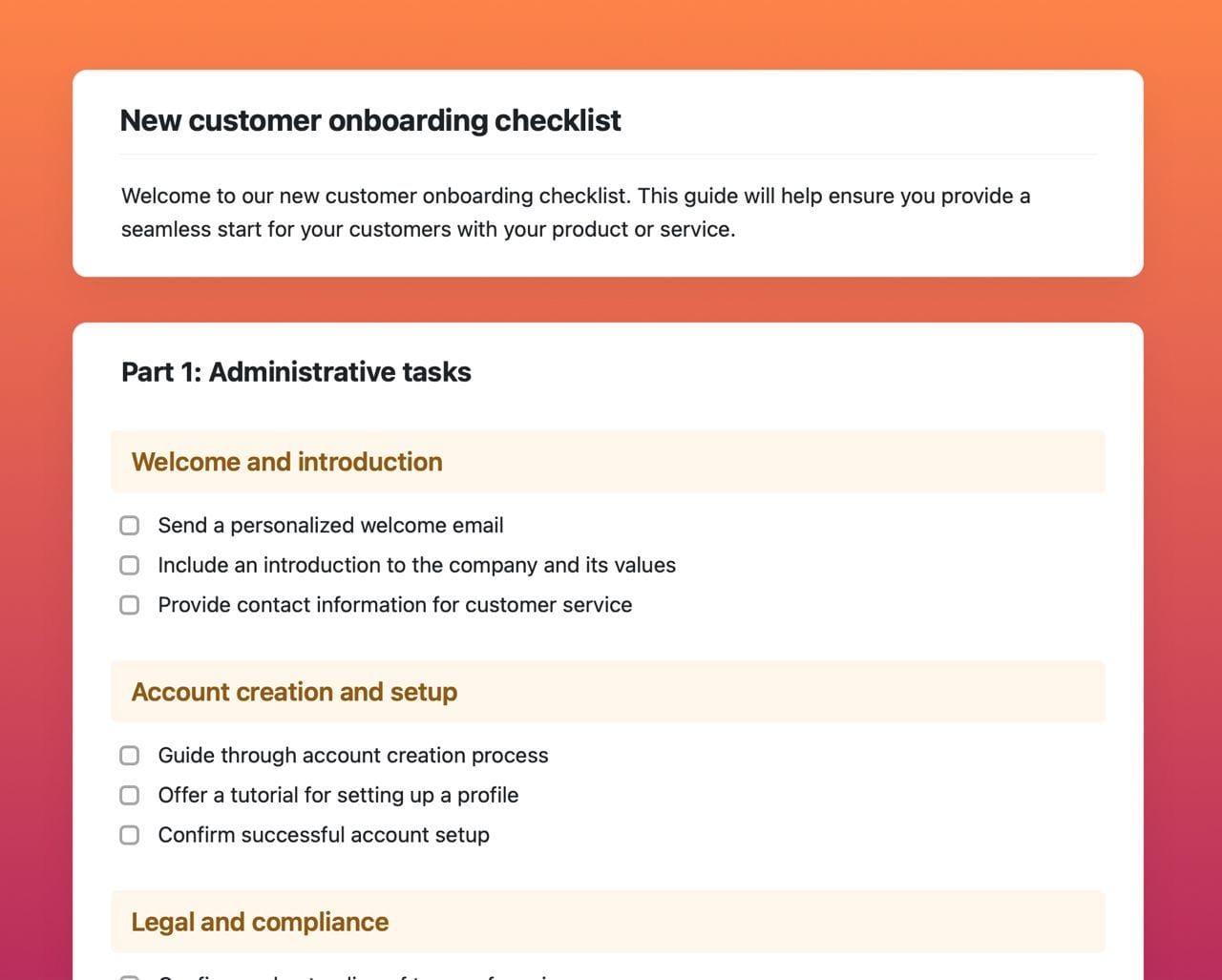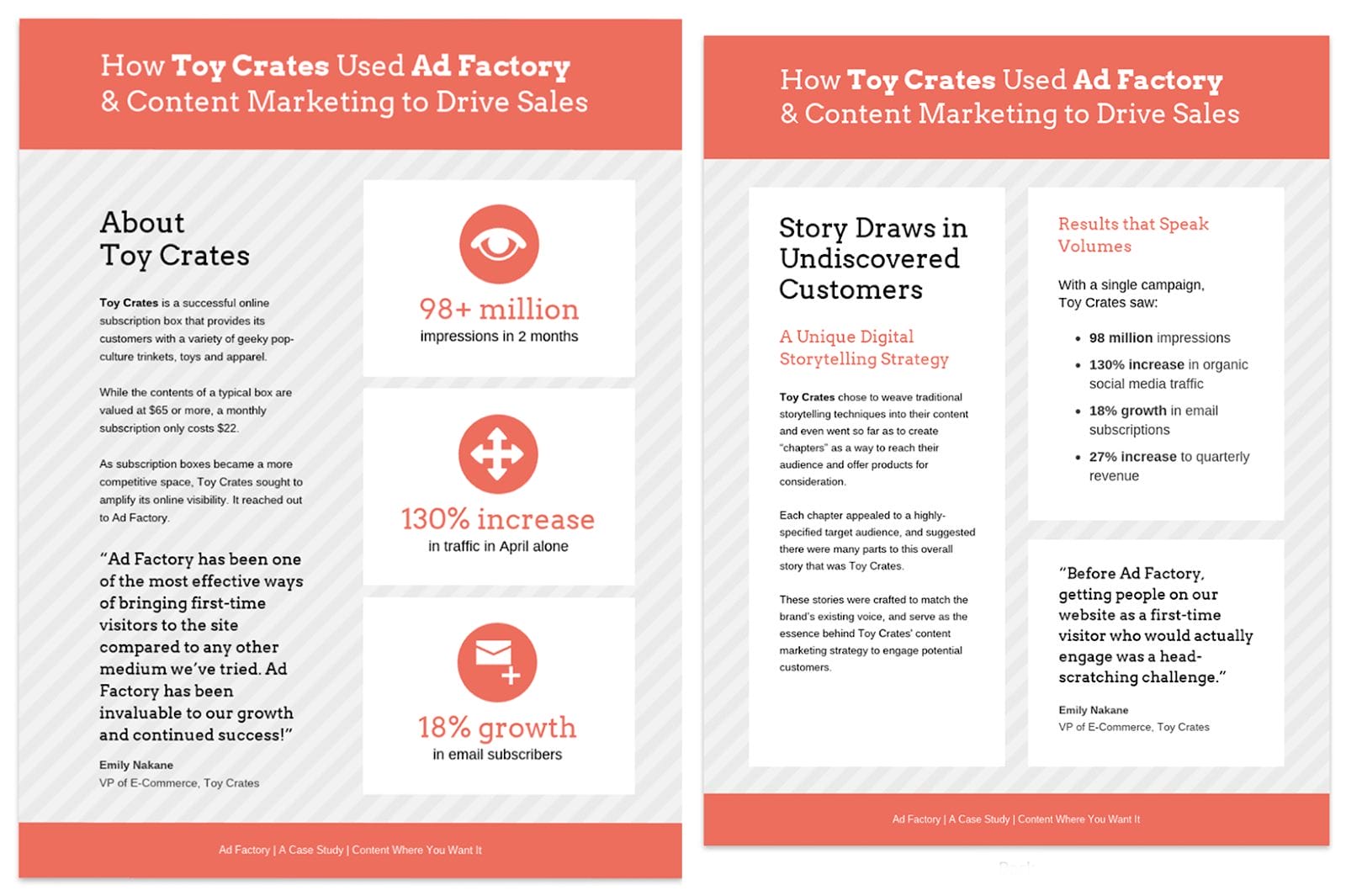Sales professionals and leaders rely on clarity, structure, and accurate data to reach their goals. Sales territory mapping provides that foundation by combining data-driven insights with clear geographic boundaries. With a well-defined map, sales teams can focus on the right areas, target high-value accounts, and deliver a better customer experience.
Whether managing a national outside sales force or a small regional team, well-designed territories improve rep productivity, strengthen sales coverage, and align with your company’s strategic priorities.
Looking to improve how your sales territories are structured? Partner with Peak Sales Recruiting to hire experienced sales professionals who know how to maximize coverage, minimize overlap, and turn territory strategy into measurable growth.
What Is Sales Territory Mapping?
Sales territory mapping, often called Business Mapping, is the process of dividing markets into sales districts or regions based on geographic boundaries, postal codes, company size, and customer data. The purpose is to create balanced workloads that improve efficiency and visibility.
With modern sales territory planning software, leaders can visualize accounts, identify geographic patterns, and use real-time insights to optimize sales resources and route planning. The outcome is a smarter territory that supports measurable growth and consistent sales team productivity.
Effective territory maps reveal where opportunities exist and where adjustments are needed. They turn raw data into action and guide strategic decisions about which areas deserve more focus and which can be streamlined.
Why Sales Territory Mapping Matters
Without defined territories, sales routes and responsibilities quickly become disorganized. Multiple reps may contact the same lead, or potential customers may receive no attention at all. These inefficiencies reduce conversion rates and harm customer satisfaction.
Strategic mapping solves this by giving structure and direction to field teams. A well-managed map helps you:
- Identify high-value targets and untapped markets
- Plan efficient routes and account for real-time traffic
- Align sales goals with your total addressable market
- Use historical data and accurate data to support strategic planning
- Adapt to market shifts and business and staff changes
Sales territory mapping is an ongoing process, not a one-time task. As market conditions evolve, so must your boundaries, sales coverage, and team assignments.
Who Should Use Sales Territory Mapping?
Any company with more than one sales representative benefits from using sales mapping tools. Defined territories reduce overlap, promote accountability, and ensure fair opportunity distribution.
Examples include:
- Medical device, pharmaceutical, and manufacturing organizations where field teams depend on optimized drive times and route planning
- Internet Service Providers (ISPs) and industrial firms where account locations and specific service areas determine coverage and sales volume
- Technology and SaaS companies which segment by company size, vertical, or geographic boundaries
A smart segmentation strategy might assign one account manager to enterprise SaaS clients in Illinois, while a smaller firm might assign a single representative to handle the entire Midwest. Both methods reduce confusion, balance workload, and lead to more effective customer engagement across sales districts.
7 Best Practices for Smarter Territory Design
- Leverage your customer data by analyzing CRM and spreadsheets to review where your high-value leads and deals originate.
- Perform a SWOT analysis using demographic information and sales metrics to identify high-potential areas.
- Define clear boundaries by using postal codes, city limits, or regional divisions to create a balanced workload.
- Rely on accurate data by combining raw data and historical data to guide decisions about territory size, sales resources, and pipeline value.
- Reevaluate regularly by monitoring market shifts and business and staff changes to ensure territories remain balanced and effective.
- Incorporate route efficiency by using mapping tools that provide real-time traffic updates, route planning, and drive time insights.
- Encourage collaboration by providing your team with tools to share maps, review heat maps and thematic maps, and align around shared strategic priorities.
Top Sales Mapping Tools and Software
Selecting the right sales mapping software depends on company needs, technical integrations, and the level of mobility required. These sales mapping tools offer advanced features that support field operations, data visualization, and smarter territory planning:
- Maptive: A cloud-based Business Mapping platform with flexible segmentation, data imports, and easy sharing for teams using Google Sheets or CRM data.
- Salesforce Maps: A leading tool for outside sales and field teams, offering route planning, drive time, and real-time traffic updates to enhance customer lifecycle management.
- AlignMix: Tailored for medical device and pharmaceutical sales teams, offering smart segmentation and advanced features for complex territory structures.
- Maptitude by Caliper: A comprehensive intelligent software platform that delivers powerful geographic analysis, thematic maps, and statistical-purpose reporting.
- Badger Maps: A dynamic option for field sales professionals that combines sales routes, traffic data, and account locations into one streamlined view.
Each of these platforms allows teams to manage options, visualize sales coverage, and make strategic decisions using key metrics and accurate data.
The Role of Data and Technology
A successful sales territory mapping strategy depends on access to accurate data and intelligent software. Companies use technical storage and integrated systems to manage device information, access device information, and capture both customer data and historical data for analysis.
This integration supports strategic planning by helping leaders identify untapped markets, evaluate high-value accounts, and ensure that sales professionals are equipped to meet sales goals efficiently.
By comparing current sales coverage with potential high-value targets, leaders gain visibility into performance gaps and can make faster decisions that align with both financial and non-financial objectives.
Final Thoughts: Map Smarter, Sell Smarter
Sales territory mapping transforms how companies organize and execute their sales strategies. Using the right sales mapping software empowers teams to improve rep productivity, balance workload, and provide a better customer experience.
When boundaries are clear and data is actionable, your sales organization gains a competitive edge. Each rep knows their focus area, each customer receives consistent attention, and every territory contributes to overall success.
Peak Sales Recruiting partners with organizations across North America to hire the sales leaders and professionals who excel at building and managing smarter territories.
Contact us today to find the sales talent who can turn intelligent mapping into measurable growth.





























